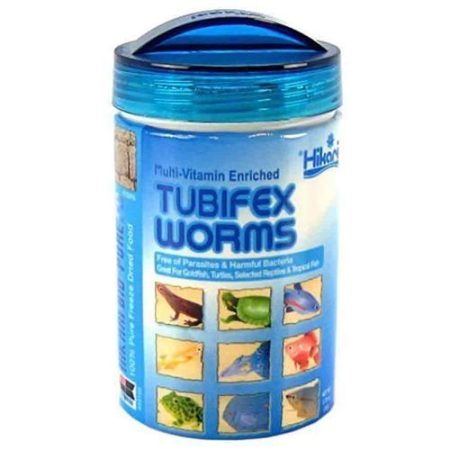

Tubifex worms are hermaphrodic, but to avoid self fertilization, the male and female organs become mature at different times.Ĭross fertilization occurs when two mature Tubifex worms join their anterior and ventral surfaces together with their anterior ends pointing in opposite directions. In addition, they can survive food shortages and drought conditions by forming a protective cyst and lowering their metabolism. Like frogs and many other amphibians, tubifex worms are capable of exchanging oxygen and carbon dioxide through their skin. The red color of Tubifex tubifex (also known also as the bloodworm ) is caused by the relatively large supply of hemoglobin which stores available dissolved oxygen in a manner comparable to the human blood system. Tubifex worms selectively digest bacteria that is found in the organic matter of bottom sediment that they inhabitat and can survive in heavily polluted waters by waving their hemoglobin rich tails above the sediment to absorb any available oxygen. 40 to almost 3.35 inches in length, Tubifex Worms are most frequently observed with their head segments embedded in mud tubes and their posteriors waving around collecting the limited dissolved oxygen from the currents created by their tail movements. Tubifex tubifex is actually a freshwater annelid in the family Tubificidae, and is one of the few invertebrates armed with an efficient manner of assimilating dissolved oxygen which allows it to thrive in sewage settling ponds and other bodies of inferior water quality. Tubifex tubifex is a true earthworm in the class Oligochaeta which is easily recognized by its red color and mud tubes.


 0 kommentar(er)
0 kommentar(er)
